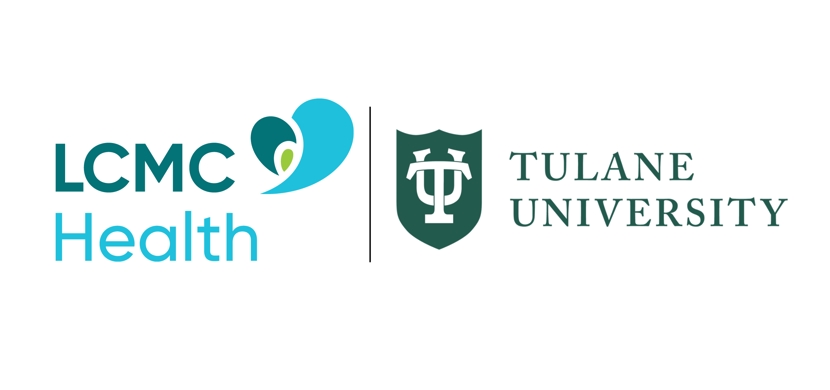Which vaccine is better? Breaking down the 3 COVID-19 vaccines
- Category: New Orleans, Community, COVID-19
- Posted on:

When you get your flu shot each year at your doctor’s office or pharmacy, there usually is only one vaccine available, right? The same goes for nearly all vaccines. But when it comes to COVID-19, there are three options—and that can be really confusing!
How are you supposed to know which vaccine is best? Well, that’s a bit of a trick question because the best vaccine is the one you have access to.
While the three vaccines differ a bit in how they work and in their specific effectiveness, they’ve all been carefully researched and stopped COVID-19 from making people seriously ill.
Let’s take a deeper dive into the three COVID-19 vaccines.
The basics about the COVID-19 vaccines
As of the beginning of May, three COVID-19 vaccines have been approved for emergency use by the Food and Drug Administration:
● Pfizer vaccine (two shots)
● Moderna vaccine (two shots)
● Johnson & Johnson vaccine (one and done)
All three vaccines are approved for use in people age 18 and older. The Pfizer vaccine is also currently approved for people ages 12-17.
How the vaccines work
The Pfizer and Moderna vaccines are what are known as mRNA, or messenger RNA, vaccines. This is a type of vaccine that’s pretty cool. While mRNA vaccines are technically new, they have been in development for more than 30 years. Unlike traditional vaccines, which insert a small amount of an inactivated virus into the body to trigger an immune system response, mRNA vaccines work by teaching the body’s cells to make what’s known as a “spike protein.” That protein causes your immune system to rev up and respond to protect you from infection.
The Johnson & Johnson vaccine, often called the “J&J” vaccine, works like the flu shot, using a harmless, modified cold virus to train the body to recognize COVID-19 and fight it off.
Other differences in the COVID-19 vaccines
Beyond how the vaccines work, there are a couple of other key distinctions between the three vaccines. The first is how and when they’re given.
Both the Pfizer and Moderna vaccines are two-dose vaccines. Pfizer requires a second dose three weeks after the first, while Moderna requires a second dose four weeks later.
The Johnson & Johnson vaccine, on the other hand, is a one-dose deal! For all three vaccines, you’re considered fully vaccinated two weeks after your last dose.
The other main difference between the vaccines is how they’re stored. The Pfizer and Moderna vaccines both require extreme cold, making their distribution difficult at times during the rollout. The J&J vaccine can be stored at a temperature similar to your home’s fridge, so more providers can offer it.
What’s next for COVID-19 vaccines?
These three vaccines are currently being widely distributed to adults across the United States, including those here in NOLA, but there’s even more hope on the horizon!
The manufacturers of the Pfizer vaccine are seeking emergency approval to give the shot to children ages 12 to 15. With approval anticipated in mid-May, preteens and teens could be vaccinated before going back to school in the fall. Moderna is also seeking full, nonemergency approval of its vaccine.
Other vaccines are still in the research process, so more COVID-19 vaccines may eventually become available.
Other good vaccine news
All three vaccines have been shown to be incredibly effective at preventing severe disease, making hospitalization and death much less likely. At this point, we know that antibodies from the vaccines appear to last for at least six months after vaccination. And there’s also strong evidence that the vaccines make it less likely to even get COVID-19 in the first place.
We’ve said it before, and we’ll say it again. The best vaccine is the one you get. Sleeves up, NOLA! Let’s get back to doing all the activities that we love.
Ready to be in that number? Visit lcmchealth.org/vaccine or call 504-290-5200 to schedule an appointment.

